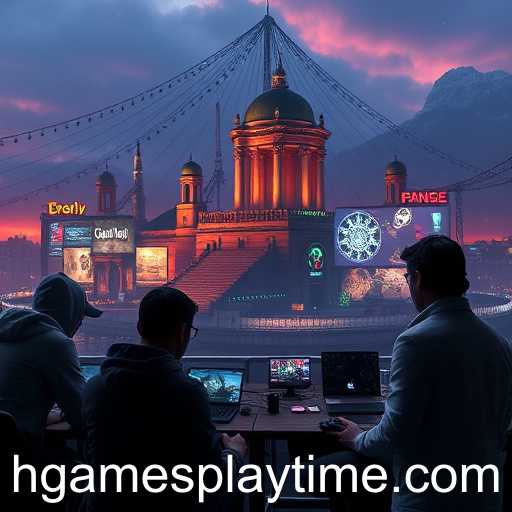In the rapidly evolving landscape of digital entertainment, gaming has emerged as one of the most dynamic and continually shifting sectors. The category 'Trends Analysis' on many gaming websites allows players and analysts alike to understand the flux in gaming habits, particularly through the lens of 'games playtime'. This metric, seemingly simple at first glance, is instrumental in unveiling deeper insights into player engagement, longevity of games, and the business models of game development companies.
The way gamers allocate their time across different types of games reflects broader cultural and technological shifts. For instance, in the early 2000s, games with shorter playtimes such as platformers and puzzle games dominated the market, largely due to the limitations of technology and the sporadic access to gaming devices. However, as technologies evolved, bringing forth more powerful consoles and faster internet connections, there was a notable shift towards games promising expansive worlds and lengthy narratives.
The trend towards games with extended playtimes is exemplified by the rise of Massively Multiplayer Online Role-Playing Games (MMORPGs) and open-world adventures like 'World of Warcraft' and 'The Elder Scrolls V: Skyrim'. These games attract players by offering seemingly endless content, regular updates, and compelling storylines designed to keep gamers hooked for hundreds, if not thousands, of hours.
Contrastingly, the burgeoning popularity of mobile and casual games in more recent years illustrates another shift. These games cater to players who prefer bite-sized gaming sessions. Titles like 'Candy Crush Saga' and 'Among Us' demonstrate that while some players commit to epic, sprawling games, there's a substantial audience drawn to gameplay that fits into the small pockets of free time in daily life.
Moreover, the COVID-19 pandemic has also played a pivotal role in influencing game playtime trends. With more people staying at home, there was a significant surge in overall gaming hours worldwide. This was seen not only in increased sessions in MMO worlds but also a surge in multiplayer games such as 'Call of Duty: Warzone' which brought friends together virtually, compensating for the lack of physical interaction.
Understanding these trends is imperative not just for gamers and developers, but also for marketers and stakeholders who aim to invest in the gaming economy. Recognizing shifts in playtime patterns can help in predicting the success of emerging game genres and in shaping strategies to capture audience interest.
The balance of game playtime, whether a short burst of entertainment or an immersive marathon, continues to adapt to technological advancements and changing societal norms. By analyzing these trends, stakeholders can better navigate the ever-shifting terrain of the gaming world, ensuring a fulfilling experience for all participants involved.








